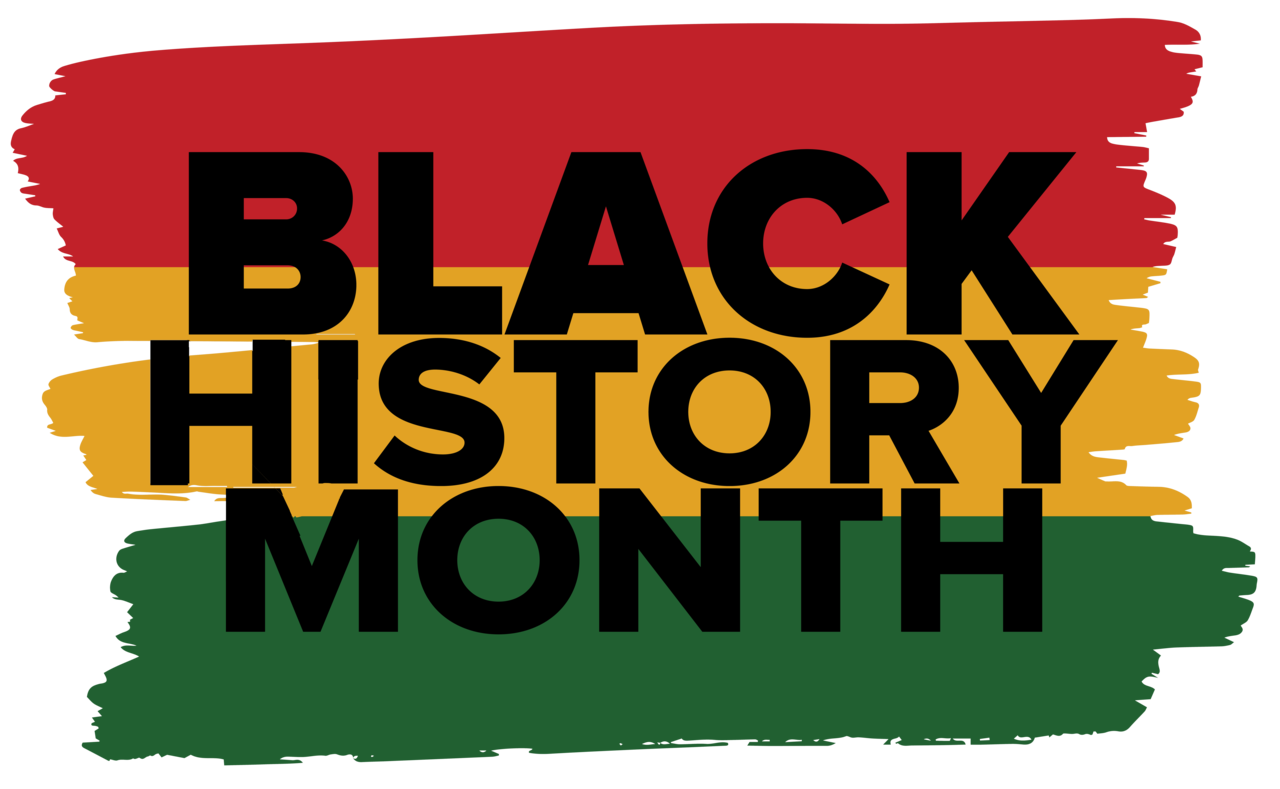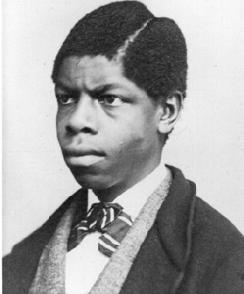Black History Month 2022-Day 6: Theophilus Thompson

Theophilus Thompson as one of the most intriguing figures in the modern American chess era. Born April 21st, 1855, he worked as a 14-year old domestic servant. According to the 1870 U.S. Census, he was living in the home of William Higgins, a County Constable.
Two years later, he returned to live with his mother. It was around this time that he discovered chess. Thompson is known for his work as a chess problemist, but the back story is even more amazing. Chess writers had previously written about Thompson but did not know what became of this figure. That mystery was revealed in 2020. More on that later.
Thompson’s Chess Beginnings
Living during the times of Reconstruction Era he learned to play chess in 1872 from John Hanshew who published the Maryland Chess Review. Hanshew lived next door to the Higgins family and was nine years older. What is noted is that slavery had just been abolished less than a decade before and Blacks were still trodding carefully to figure out a way forward in a hostile environment. The door soon opened for the young Theophilus.

Theophilus Augustus Thompson
Orestes Brownson, Jr., publisher of The Dubuque Chess Journal is the one credited with documenting Thompson’s beginnings. Brownson wrote:
“(Thompson) saw a chessboard and men used for the first time in April, 1872, when he witnessed a contest between Mr. S. of Ohio and Mr. H. of Frederick City. Although he could not understand the game and dared not ask questions for fear of annoying the players, he watched every move with the closest attention. The party finished, he went home, fully determined to learn the game. Mr. H. having heard of his ardent desire loaned him a chessboard and a set of chess men, gave him some instructions, and left him a few two-move problems to solve.”
He went home, learned the rules, solved the puzzles, and came up with his own. While he primarily played in correspondence (mail) tournaments, he is on record of traveling to Chicago for a competition. He is also known for this win over C.H. Blood.
In 1873, he published a book of chess puzzles titled, Chess Problems: Either to Play and Mate. There are varying views on the book. Some are complimentary while others say the compositions were second-rate. You be the judge.
.jpg)
Philadelphia Times, April 8, 1883 0-1
Keith Halonen of Hidden Valley Lake, California had taken the time and effort to retrieve the scan from a bound version. You can click on the image below to get the historic document.
.jpg)
There was an interesting piece in June 1986 issue of Chess Life about Thompson. Both Robert Radcliffe and Larry Parr combined for a worthy tribute. Neil Brennan contributed a lengthy article to The Chess Drum titled, “The Caged Bird: The Story of T.A. Thompson.” It provides a historical background of the era and further details about Thompson’s life. However, there is one mystery that went unsolved. Theophilus Thompson disappeared and the history of his chess activity stopped abruptly.
What happened to Thompson?
Several articles have been written here at The Chess Drum about Thompson, but there was no documentation on how his life ended. There was the pivotal moment when a gentleman contacted me and boasted about doing ground-breaking work on Thompson implying that he had the key to the mystery.
.jpg)
This is a family portrait of Theophilus Thompson. The graying beard and the wizened face befits a man who lived to be a ripe old age. Was this the Thompson we were searching for?
Photo courtesy of Jarma Thompson
This man claimed that Thompson lived out years quietly as a wise, old family man. I looked up genealogy information and found a Theophilus Thompson in Anne Arundel, Maryland. This must be him, I thought. His great-niece contacted me and stated that the Theophilus Thompson (featured on The Chess Drum) was her relative.
With this new discovery of Thompson’s life, it was taken that he simply gave up chess and started a family. Even though this turned out to be incorrect, it paved the way to the true story. In reading these erroneous accounts on the Internet, historians in Frederick, Maryland stepped in.
In 2019, I received an e-mail from a member of the African American Resources, Cultural Heritage Society of Frederick County (AARCH) who gave irrefutable evidence that Theophilus Thompson, the chess problemist, had died in 1879 of tuberculosis, known then as “consumption.” The Theophilus Thompson in Anne Arundel was, in fact, a different person! The member of AARCH included this artifact:
.jpg)
Theophilus Thompson’s obituary printed October 12th, 1881
in the Frederick Examiner
This is definitely our man! Thompson would have died on Saturday, October 8th, 1881 at age 26 (not 25 as in the obituary), but the mystery has been solved! In 2020, there was an art exhibit dedicated in Thompson’s honor in his hometown of Frederick, Maryland. His piece was called, “An Elusive Kinetic Portrait.”

“An Elusive Kinetic Portrait”
by Marguerite de Messières & Tsvetomir Naydenov
Photo by Bill Green (Frederick New-Post)
While Theophilus Thompson could not have imagined chess enthusiasts would be viewing him as an important icon, his pioneering work in chess composition and as a chess competitor is a very important footnote in Black history. It is an honor and duty for The Chess Drum to keep his memory alive!

Daaim Shabazz, “The Mystery of Theophilus Thompson Solved!!” The Chess Drum, 19 April 2020.
Daaim Shabazz, “Theophilus Thompson Revisited (1986)” The Chess Drum, 29 February 2016.
Daaim Shabazz, “Theophilus Thompson’s book recreated!” The Chess Drum, 21 April 2014.
Neil Brennan, “The Caged Bird: The Story of T.A. Thompson,” The Chess Drum, 1 March 2006.
Daaim Shabazz, “Theophilus Thompson: Master Emeritus,” The Chess Drum, 8 April 2001.

An interesting excerpt from Neil Brennan’s essay on Thompson:
Typical of the sort of grudging acceptance the American chess world accorded Thompson is the following incident with one of America’s best-known chess columnists. Gustavus Reichhelm, chess editor of the Philadelphia Times, and himself a problemist of no mean ability, published in his column of November 19, 1882 a “pertly put” mate in three by the “colored chess champion”.
A few weeks later, Reichhelm was moved to present “an amusing anecdote” of Thompson to his readers: “During the visit of “T. Augustus” to this city, some years ago, he dropped in at the Mercantile Library Chess Room several times and played some games with a Mr. W. Not long after a friend and frequent adversary of Mr. W. asked one of the frequenters of the chess room to play a game with him, but he refused, declaring that he would not play with any white man who would so far forget himself as to play with a “nigger” and that, furthermore, he would not condescend to play with a white man who played with a white man who played with a “nigger”.
Neil Brennan, “The Caged Bird: The Story of T.A. Thompson,” The Chess Drum, 1 March 2006.